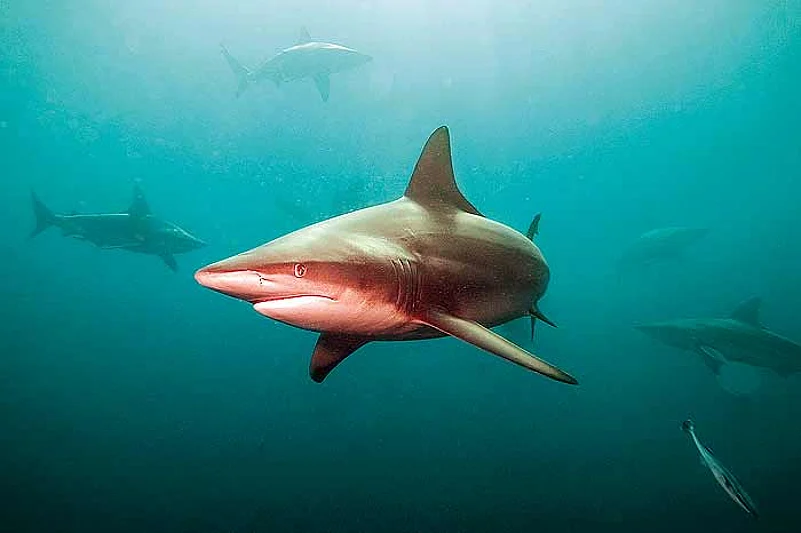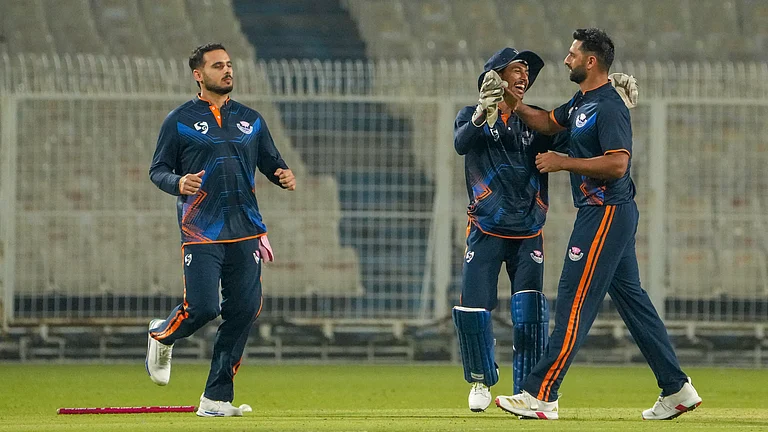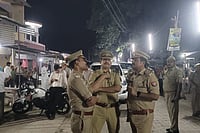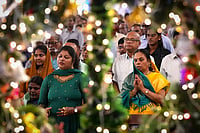- Looking for Corals India has one of the longest coastlines in the world and the archipelagos of Lakshadweep islands and the Andaman and Nicobar islands make for dive spots teeming with marine life. Kadmat island, Lakshadweep, and Havelock island in the Andamans are the most favoured places. Goa is another fun spot, where you can add scuba to your sea-and-sand holiday itinerary. Knowing your way around in the water is helpful, but it is not essential that you swim like a fish to go scuba diving, unless you want to be a certified diver. Non-swimmers can take beginners’ lessons in breathing and buoyancy in confined water. Technicalities taken care of, slip on your bodysuit and jump in. Watch manta rays, turtles and colourful fish swill around corals; explore weed-entwined wrecks, like the SS Mary, a British-built steamship near Grande Island, Goa. A 7-night package in the Andamans, including 12 dives and accommodation, will cost you Rs 25,000. In Goa, a four-night package can be had for Rs 10,000 in the off-season.
The first time you go underwater, it’s like someone put you on a new planet. No matter how many images and TV shows on scuba diving you might have seen, you are never really prepared for that actual feeling of having your head under water, breathing through a mask off an oxygen tank. It’s pretty numbing...but only until you look around yourself. That’s when you see all the new life around you—the corals, the fish, the eels and, depending on your location and expertise, even sharks!
I spotted my first shark on my very first dive. It was at the Great Barrier Reef in Australia, where I trained as a scuba diver back in 2000. It was a Whitetip Reef shark, a harmless one, but a shark is a shark, right? The thrill was enough to take me back for more. Since then, I have been on 15 diving holidays, and within biting distance of Great Whites (albeit in the safety of a cage) and Tiger sharks! Sharks can take chunks off you, but Tiger sharks can literally bite you in two. Swimming in the same waters as them in South Africa (I was there for a shoot) has been one of the highs of my diving trips. It’s extreme adventure alright, but it gives you an adrenaline rush that few other experiences can match.

Underworld A school of anthias
Yet, at the same time, scuba diving induces a sense of calm, almost like meditation. The sounds of the world are cut off, a sense of weightlessness takes over. Fish swim by in clouds of yellow, electric blue, red; bulbous eyes look back at yours; tentacles, fins wave and float. Once immersed in this underwater world, any anxieties on being some 40 metres down in the deep fade away. Also, you never dive alone, thanks to the “buddy system”. You always have someone with you, so you watch each other’s back.
Safety, naturally, is paramount at diving spots run by certified divers. First-timers would be wise to try snorkelling first, to see if you can keep your head under water without losing your mind! If you enjoy it, you’re only a few lessons away from diving. There are several schools teaching scuba diving now, in Mumbai, Goa, Lakshadweep and the Andaman and Nicobar Islands. These are all great spots to take the plunge in India. Diving takes up only half a day, so it frees up time for a host of other activities like snorkelling, kayaking, trekking. It can all add up to an exhilarating holiday. For families with kids old enough to go diving, it can be a great bonding experience, and the trip will be very exciting for children. No wonder it’s catching on here.
In a place like the Andamans, for instance, I see a lot more divers now than when I started out. The Andaman islands are still pretty untouched and since there aren’t too many divers yet, the fish are extremely curious about human presence. They swim really close to you to figure out what this floating object in a bodysuit and flippers is, and that makes for some great photo opportunities.

A false clown anemone fish
Underwater photography is one of the perks of being a diver. I got started on building a seascape of my own after an elementary two-day course in 2001 on the right kind of equipment. A few years ago, I did a ‘liveaboard’ diving trip on the Red Sea, which doubled up as a photography workshop. We were on a boat for seven whole days—that’s the idea of liveaboarding—constantly diving and clicking away. It tops the list of all the diving experiences I have had so far. It’s magical to see the variety of life that the ocean holds, when its surface tells you nothing. There are species that you possibly haven’t heard of, and it’s amazing to identify them as you swim alongside. The training course does teach you to identify some sea life, but the internet is a vast resource and you can educate yourself well about the marine world. I also keep reading books on the subject.
Diving is a passion and wherever I go, on holiday or on work, I try to combine it with a few days of diving. It’s been my key to the secrets of the sea in India, Mexico, Malaysia, the Philippines, Bali, Australia, South Africa and the Red Sea—secrets that are surprisingly easy to discover if you have a sense of adventure. And functional diving equipment, of course!
—As told to Arpita Basu
(The actor-filmmaker is a certified scuba diver)


























